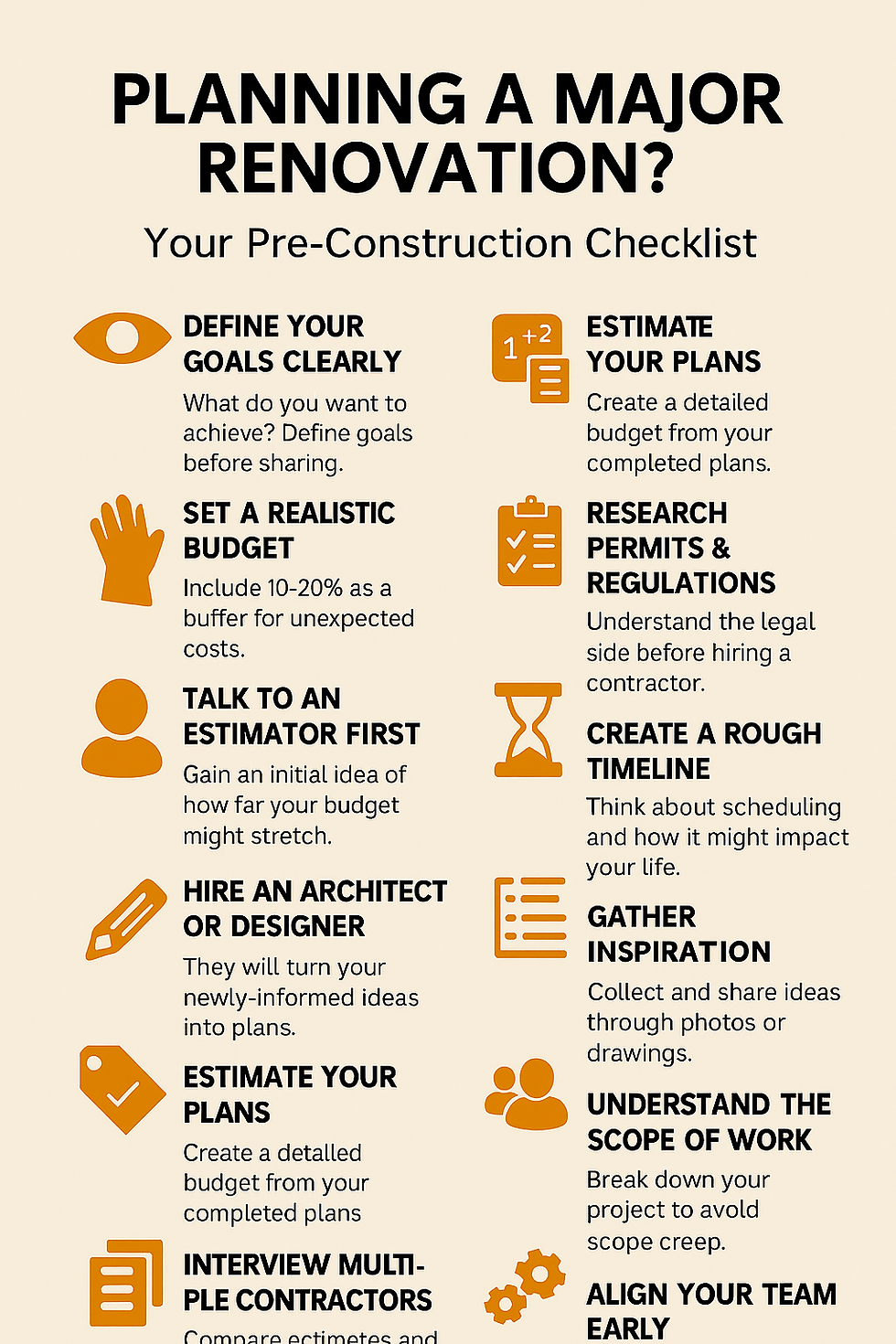🧱 Is Cavity Wall Insulation Necessary? A Closer Look at Function, Value & Application
- Deen Gabriel

- Jul 16
- 2 min read
In modern construction, cavity walls—walls made of two layers (or "skins") with a gap between—are widely used for their ability to reduce moisture penetration and improve thermal performance. That gap, or cavity, plays a critical role—but should it be filled with insulation? Let's explore.

🧐 What Is Cavity Wall Insulation?
Cavity wall insulation typically involves injecting or placing thermal insulating material into the space between the inner and outer wall skins. Common materials include:
Polystyrene beads
Mineral wool batts
Polyurethane foam
Each acts as a barrier to heat loss, reducing energy consumption and enhancing comfort.
🏠 Benefits of Insulating Cavity Walls
Thermal Efficiency Insulation greatly slows down heat transfer, keeping interiors warmer in winter and cooler in summer.
Energy Savings Lower utility bills over time, especially in climates with significant temperature swings.
Moisture Control (when done right) Reduces condensation and dampness on internal surfaces—but only if moisture management is properly addressed.
Acoustic Buffering Offers modest sound reduction between exterior and interior environments.
⚠️ When Insulation Might Not Be Necessary—or Even Advisable
Not all buildings benefit equally from cavity insulation. It can be unnecessary or problematic in cases like:
Coastal or High-Rainfall Zones In areas like parts of Cape Town, poorly installed insulation can trap moisture, leading to damp, mold, or material degradation.
Narrow Cavities (<50mm) Limited cavity width may make insulation impractical or less effective.
Solid Wall Construction or Older Buildings Some older buildings don’t have true cavities, and retrofitting may not be feasible or cost-effective.
Well-Shaded or Passive Designs In homes with excellent orientation, shading, and thermal mass, the need for cavity insulation may be reduced.
🛠️ Making the Right Call: Assess Before You Insulate
Conduct a thermal performance analysis and moisture risk assessment.
Use drainage planes and damp-proofing where needed.
For new builds, consider the full envelope system—wall type, location, and internal climate requirements.
✅ Verdict
Cavity insulation is often worthwhile, especially in temperature-variable climates or energy-conscious designs. However, it's not a one-size-fits-all solution. Understanding your building's context—and how insulation interacts with structure, moisture, and climate—is key to making an informed decision.






Comments